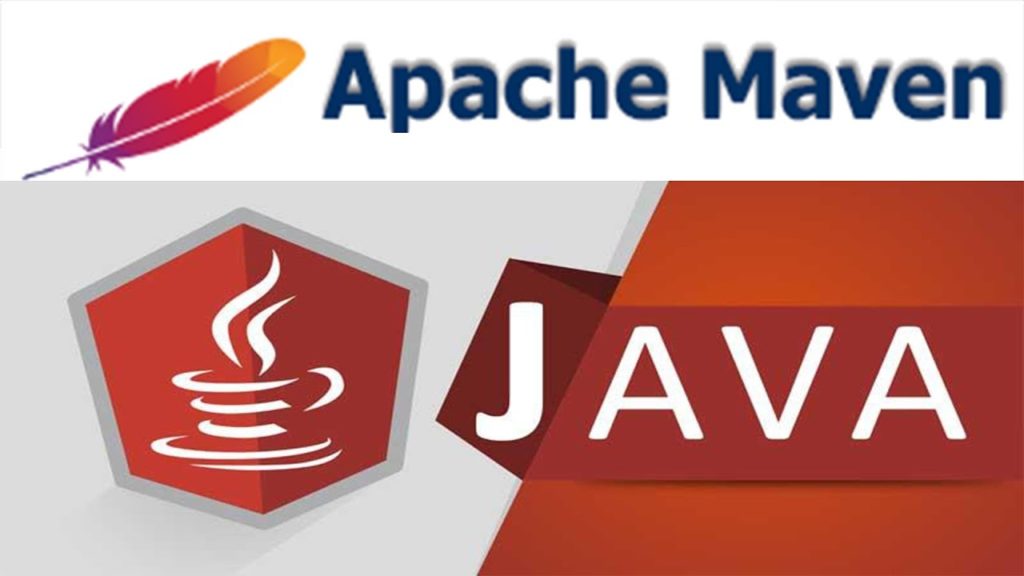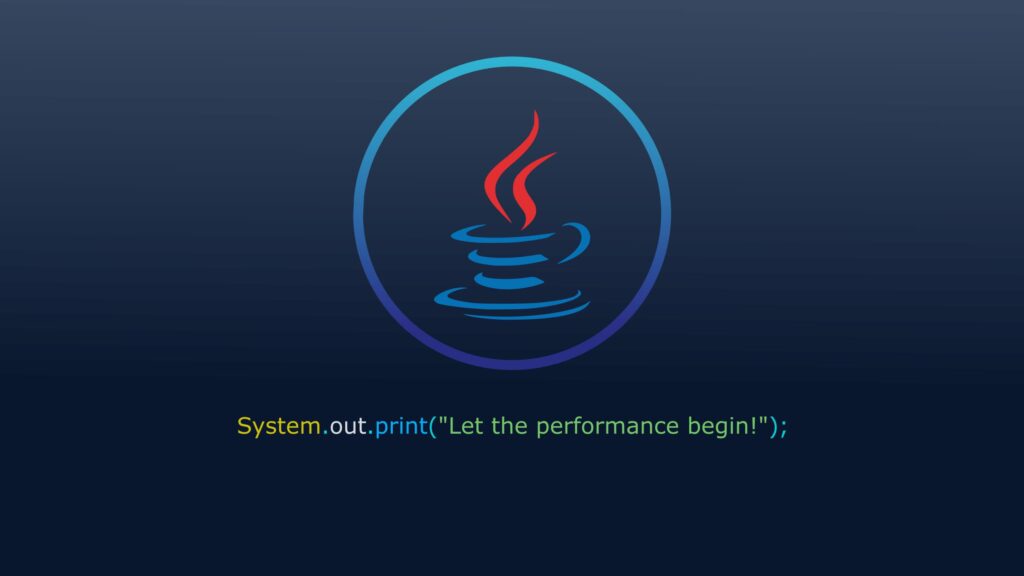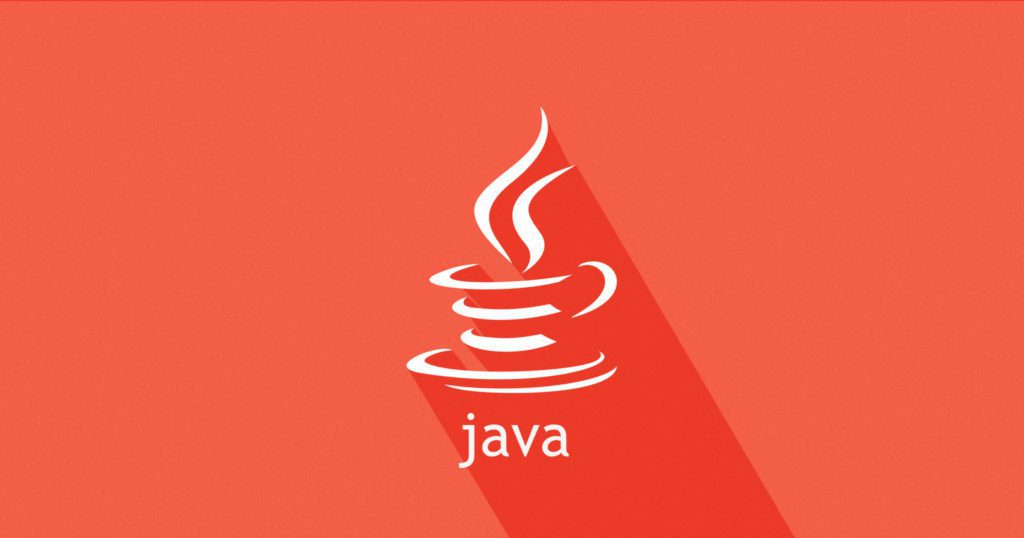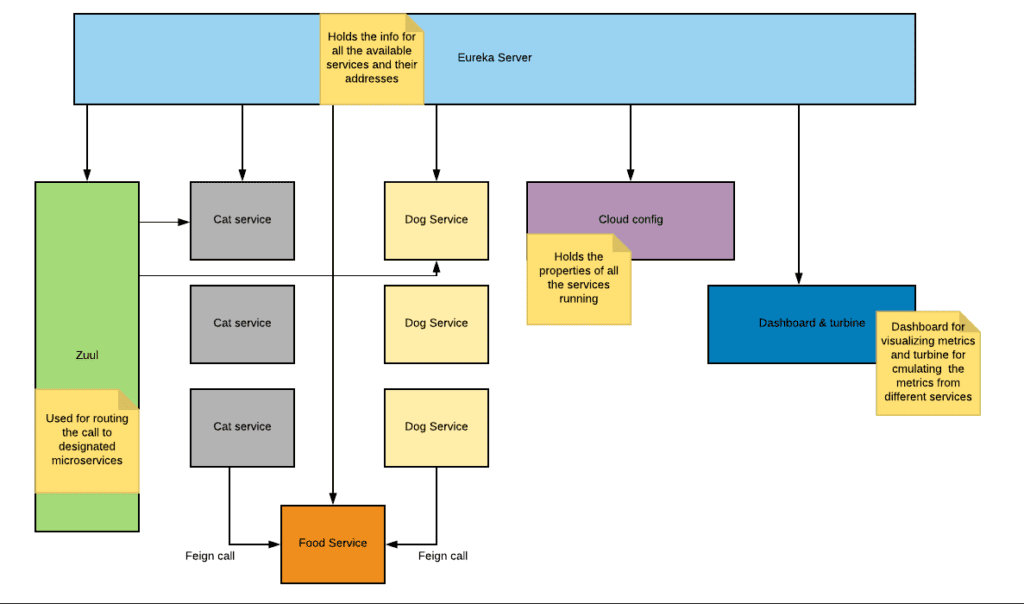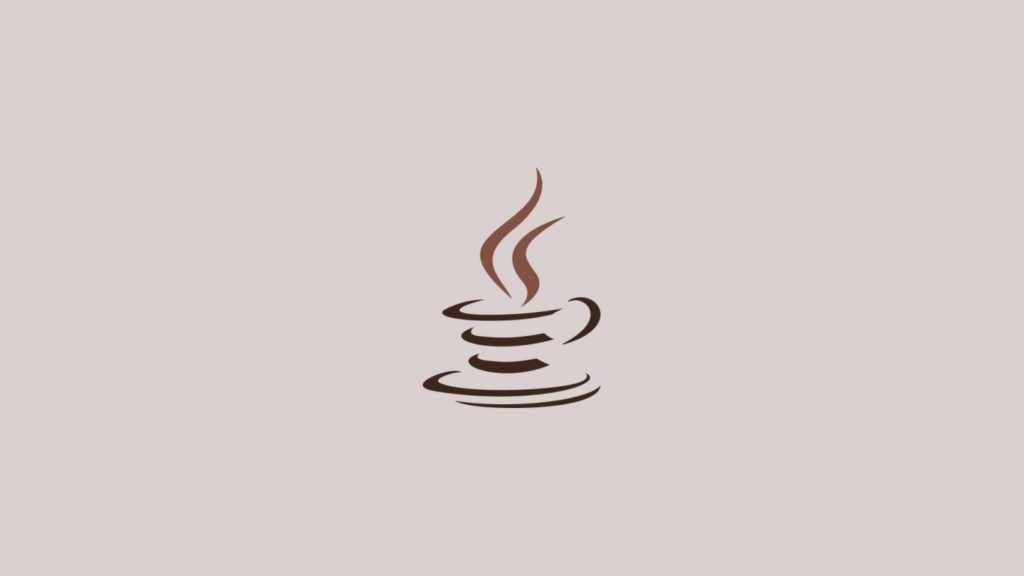Rethinking Software Ownership: The Shift from Cloud to Local-First Solutions
The Verge’s article explores the concept of self-hosting and local-first software, presenting an intriguing perspective on software usage’s current and future state. The author’s journey with self-hosting reveals the challenges and potential of moving away from cloud services to more personal and controlled computing environments. The Challenge of Self-Hosting The […]
10 Java Frameworks Paving the Way in the Cloud-Native World
In the contemporary era of cloud computing, the demand for scalable, robust, and efficient frameworks is ever-increasing. With its mature ecosystem, Java offers many frameworks adept at meeting the challenges of a cloud-native world. We are reviewing ten Java frameworks instrumental in building cloud-native applications, revolutionizing how we perceive and […]
Maven: The Build Automation Tool That Will Make Your Life Easier
Maven is an open-source build automation tool that automates software projects’ building, testing, and deploying. It is a popular tool that is used by millions of developers around the world. What is Maven? Maven is based on a concept called declarative build scripting. This means you can specify the steps […]
Maven In Java and Repositories
Maven in Java Maven is a build automation tool used primarily for Java projects. Maven can also build and manage projects written in C#, Ruby, Scala, and other languages. Maven addresses two aspects of building software: how software is built and its dependencies. It simplifies the build process like ANT. But it is too much more advanced […]
Spring Cloud Stream: The Future of Distributed Messaging and Stream Processing
Spring Cloud Stream is a framework for building highly scalable event-driven microservices connected with shared messaging systems. The framework provides a flexible programming model built on already established and familiar Spring idioms and best practices, including support for persistent pub/sub semantics, consumer groups, and stateful partitions. Binder Implementations Spring Cloud […]
Client Side Load Balancer: Ribbon
Ribbon is a client-side load balancer that gives you much control over the behavior of HTTP and TCP clients. Feign already uses Ribbon, so, if you use @FeignClient, this section also applies. A central concept in Ribbon is that of the named client. Each load balancer is part of an ensemble […]
Declarative REST Client: Feign
Feign is a declarative web service client. It makes writing web service clients easier. To use Feign create an interface and annotate it. It has pluggable annotation support, including Feign annotations and JAX-RS annotations. Feign also supports pluggable encoders and decoders. Spring Cloud adds support for Spring MVC annotations and for […]
Config as a Service: Simplifying Application Setup with Spring Cloud Config
Spring Cloud Config provides server-side and client-side support for externalized configuration in a distributed system. With the Config Server, you have a central place to manage external properties for applications across all environments. The concepts on both client and server map identically to the Spring Environment and PropertySource abstractions, so they fit very well […]




